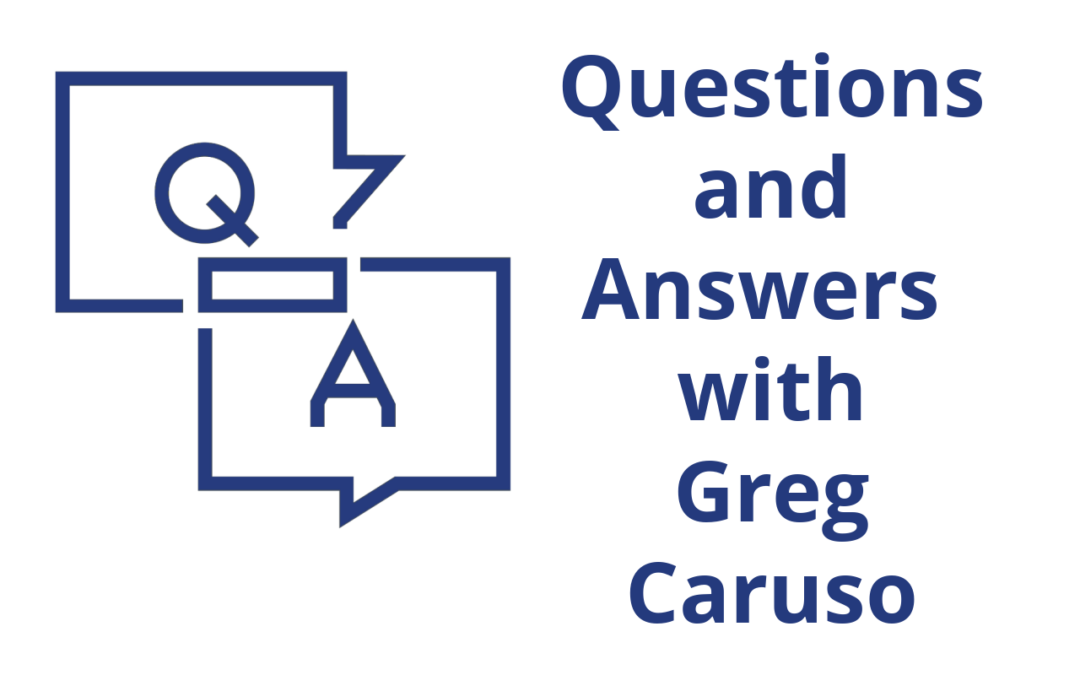Valuing a Small Business IS Different.
After a recent seminar “Valuing Small Businesses in the Shadow of COVID-19”, I took time at the end to answer some questions from the attendees. Here are some of the questions (and answers!) on using the Income Method to value small businesses that I felt might be most helpful for other seminar attendees as well as business valuators, CPAs, lawyers, and consultants that work with business valuations.
Do you believe projections and forecasts for the discounted cash flow income method of business valuation use will be less reliable during the Covid-19 Pandemic than before?
It is very difficult to estimate reliability of projections for business valuation outside of comparing a company’s prior projections with actual results. Most small companies do not have that type of data or the projections prove to be unreliable pretty much all the time. Therefore I do not believe most projections are less reliable due to COVID-19. There are reasons to believe they may be more reliable. I suspect in most cases much more thought and support will be provided in creating the projections and final forecast. For many companies, instead of being a “add 5% to last year” situation (we have all done it) much more strategy and foresight will go into the whole planning and projection process.
In all events all projections and forecasts for use in an income method of business valuation need to be reviewed carefully from the point of view of, “is this the absolute best that can be done” with what is known and knowable. In the “The Art of Business Valuation”, much time is spent on reviewing projections as it is always a difficult area with a high level of professional judgment.
Aswath Damodaran models deal with changing growth rates and discount rates in the future in order to estimate business value using the discounted cash flow income method. See his discussion of the three state dividend discount model and the H model. Do you agree?
Damodaran is clearly a sage in the field of business valuation. He deals almost exclusively with public and extremely large private companies that may go public. That is entirely different from valuing small and micro businesses typically with revenues under $10 million. Certainly if you are working with a company that can provide a quality projection as a base for use in a discounted cash flow analysis, adjusting the cash flows and the discount rates over time is a reasonable way to estimate the value. In fact, if the data is highly supportable, the discounted cash flow method is theoretically the best method. Of course this is fact and situation dependent like all business valuations.
Many Companies and most small companies cannot give you a reasonable starting point projection or forecast. From my point of view, if I do not have a reliable projection to start from, it is usually best to use a single period valuation method such as the capitalization of earnings method with proper adjustments. Therefore in the proper situations, I agree with Damodaran. But for most micro and small business valuations we will not have the starting point data available to us to use the discounted cash flow income method of business valuation.
On last comment. I will frequently run estimated discounted cash flow models with various potential earnings streams to get an understanding of a companies range of values under possible scenarios. But to me, these are sanity checks and/or information underlying my professional judgement not final valuation methods. A useful tool but if I can’t really support the cash flow, it is not a final valuation method.
Have you ever had a situation where the Company Specific Premium in the Income Method of Business Valuation is negative because risk is lower than normal?
Absolutely but it is quite rare. Every now and then we find a company that is so locked in with its customers (often referred to as “sticky” ; for example, credit card processors can be sticky because they are written into your website) and so well organized and profitable that the risk is below the average public company. But, that is very rare. If you find that company, make sure you really build a well thought out case for your adjustment because it is likely to be doubted. Clearly explain why your company is different and why it should stay that way in the foreseeable future.
More webinars on the “Valuing Small Businesses in the Shadow of COVID-19″ topic and other business valuation topics are being scheduled in the upcoming weeks.
If you are interested in participating, please visit our Upcoming Events page
If you are interested in arranging a training on the COVID topic or other valuation topics, please visit our Presentations Page and connect with Greg to discuss your group’s needs.
“The Art of Business Valuation, Accurately Valuing a Small Business” covers many aspects of small business valuation and market sales including working with business brokers, increasing sales value, descriptions of a well-run sales process, due diligence including a checklist and guidance on SBA loans.
If you value or use valuations of businesses with revenues under $10 million, you need this book on your desk. The book, published by Wiley, is available through your favorite bookseller.
Finally the author, Greg Caruso, JD, CPA, CVA, is always available to assist with exit planning, brokerage, and to prepare or review business valuations with an emphasis on increasing value and likely transaction values and terms.
Stay current on changes in the business valuation world – receive our updates.

